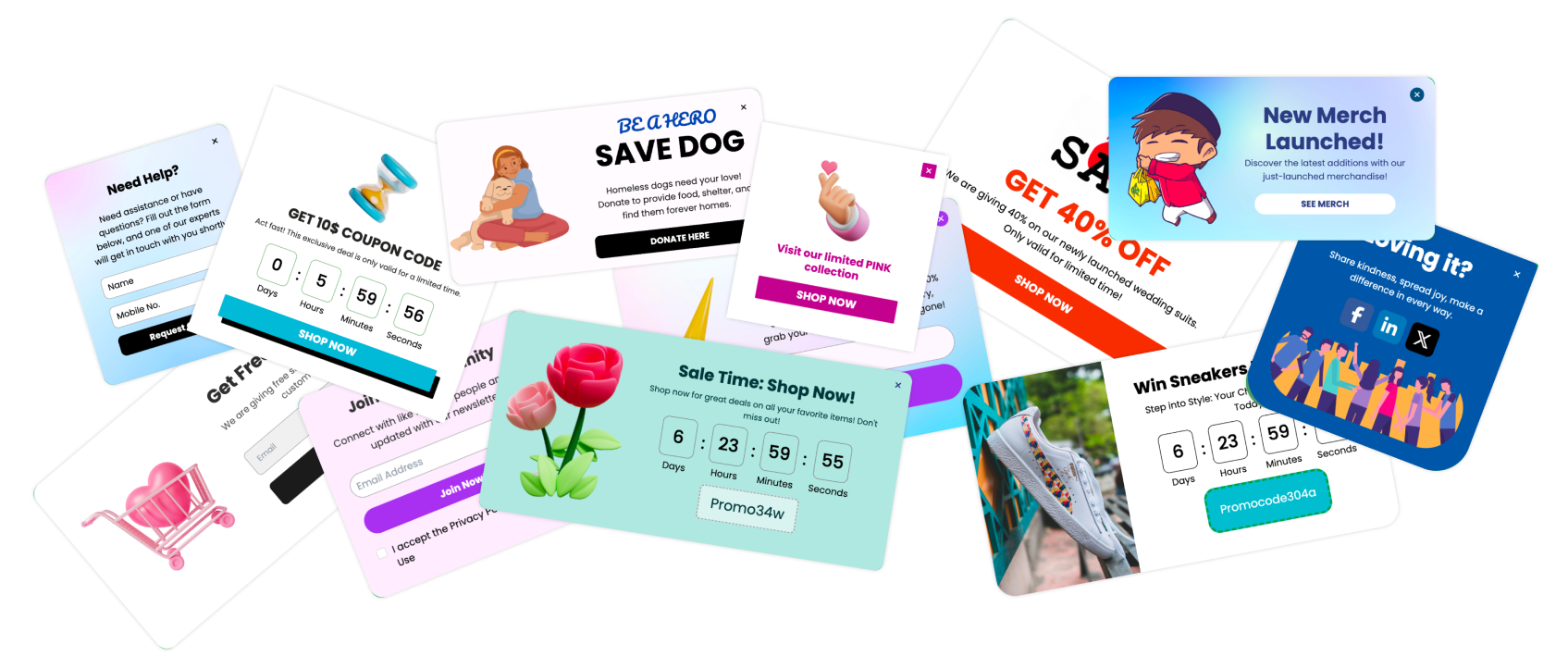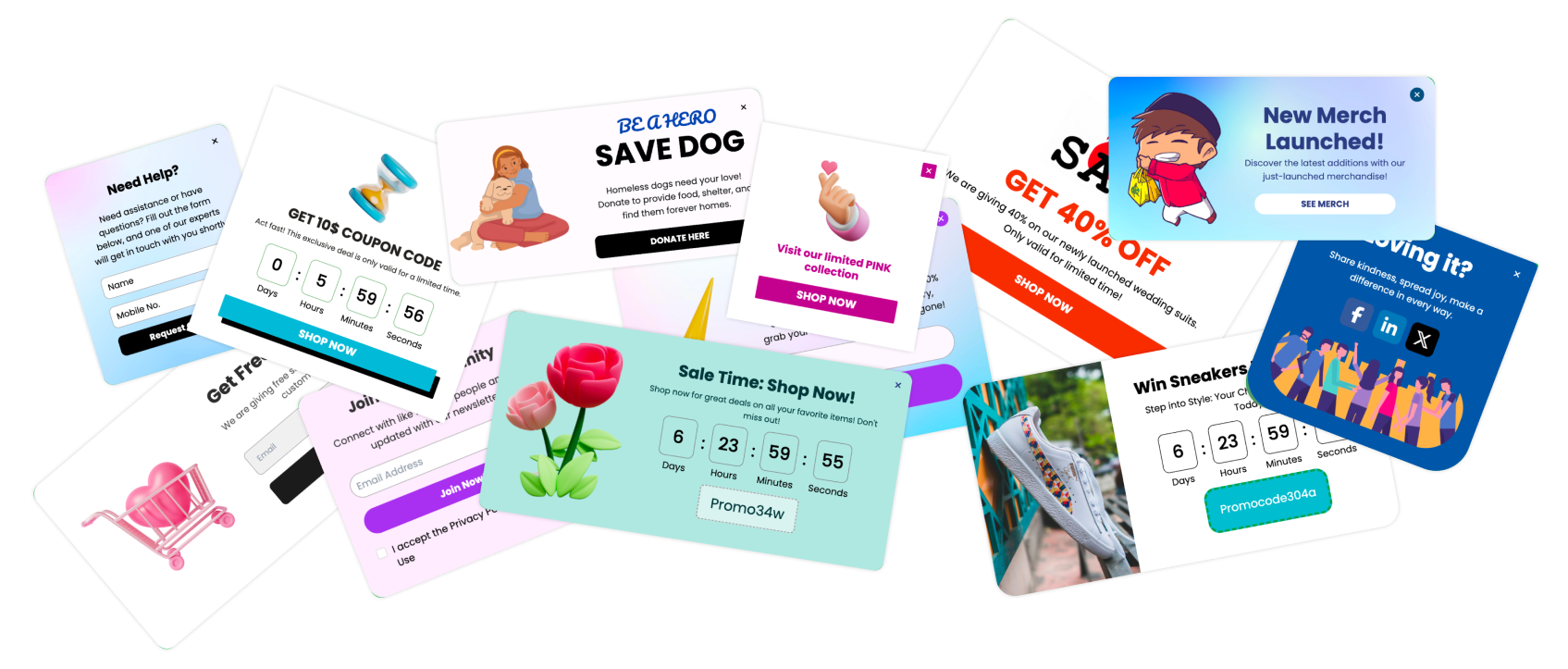Microsoft Power BI is a powerful tool for creating insightful reports and interactive dashboards. Sharing these visualizations directly on your website can provide immense value to your audience, stakeholders, or customers by making key data easily accessible. This guide will explore the various methods to embed Power BI in website, covering options from simple public embeds to more secure and integrated solutions.
Understanding the different embedding methods and their implications is crucial for choosing the right approach for your needs.
Why Embed Power BI Reports on Your Website?
Data Accessibility: Make key metrics and insights readily available to your target audience.
Enhanced Storytelling: Use interactive visuals to tell compelling data-driven stories.
Improved Decision Making: Provide stakeholders with direct access to relevant data for faster decisions.
Increased Engagement: Interactive reports are more engaging than static images or tables.
Centralized Information: Consolidate important data displays directly on your relevant web pages.
Understanding Power BI Embedding Options
Power BI offers several ways to embed content, each suited for different scenarios and security requirements:
Publish to Web (Public):
- What it is: Generates a public embed code (iframe) that makes your report accessible to anyone on the internet with the link.
- Pros: Easiest and quickest way to embed, no authentication required for viewers.
- Cons: DATA IS PUBLIC. Not suitable for confidential or sensitive information. Limited interactivity control.
- Best for: Publicly shareable data, open datasets, embedding on public websites where data secrecy is not a concern.
What it is: Generates a public embed code (iframe) that makes your report accessible to anyone on the internet with the link.
Pros: Easiest and quickest way to embed, no authentication required for viewers.
Cons: DATA IS PUBLIC. Not suitable for confidential or sensitive information. Limited interactivity control.
Best for: Publicly shareable data, open datasets, embedding on public websites where data secrecy is not a concern.
Embed in SharePoint Online (Secure Embed for Internal Users):
- What it is: Uses a Power BI web part to embed reports directly into SharePoint Online pages.
- Pros: Secure, users need appropriate Power BI permissions and SharePoint access to view. Respects row-level security (RLS).
- Cons: Only for internal users within your Microsoft 365 organization who have SharePoint and Power BI access.
- Best for: Internal company portals, team sites.
What it is: Uses a Power BI web part to embed reports directly into SharePoint Online pages.
Pros: Secure, users need appropriate Power BI permissions and SharePoint access to view. Respects row-level security (RLS).
Cons: Only for internal users within your Microsoft 365 organization who have SharePoint and Power BI access.
Best for: Internal company portals, team sites.
Embed for Your Organization (Secure Embed for Internal Users - Generic):
- What it is: Generates a secure embed link or iframe that can be used in internal websites or applications. Users must authenticate with their organizational credentials (Microsoft Entra ID / Azure AD).
- Pros: Secure, respects Power BI permissions and RLS.
- Cons: Requires users to have Power BI licenses (Pro or Premium Per User - PPU) and sign in.
- Best for: Internal custom web applications, secure portals where users already have Power BI accounts.
What it is: Generates a secure embed link or iframe that can be used in internal websites or applications. Users must authenticate with their organizational credentials (Microsoft Entra ID / Azure AD).
Pros: Secure, respects Power BI permissions and RLS.
Cons: Requires users to have Power BI licenses (Pro or Premium Per User - PPU) and sign in.
Best for: Internal custom web applications, secure portals where users already have Power BI accounts.
Embed for Your Customers (App Owns Data / Power BI Embedded):
- What it is: A programmatic solution (PaaS) for ISVs or developers to embed Power BI content into their custom applications for external users who do not have Power BI licenses. Authentication is handled by the application.
- Pros: Highly customizable, users don't need Power BI licenses, full control over user experience, scalable.
- Cons: Requires development effort (using Power BI REST APIs and SDKs), Power BI Embedded capacity (A SKUs or P SKUs) is needed for production.
- Best for: SaaS applications, customer-facing portals, ISVs wanting to provide analytics as part of their product.
What it is: A programmatic solution (PaaS) for ISVs or developers to embed Power BI content into their custom applications for external users who do not have Power BI licenses. Authentication is handled by the application.
Pros: Highly customizable, users don't need Power BI licenses, full control over user experience, scalable.
Cons: Requires development effort (using Power BI REST APIs and SDKs), Power BI Embedded capacity (A SKUs or P SKUs) is needed for production.
Best for: SaaS applications, customer-facing portals, ISVs wanting to provide analytics as part of their product.
This guide will primarily focus on the "Publish to web (public)" and "Embed for your organization" methods for general website embedding, with a brief mention of Power BI Embedded.
Step 1: Open Your Power BI Report
First things first, you'll need to head over to your Power BI dashboard. Go ahead and open the specific report that you're looking to share on your website.
Make sure it’s the final version you want your visitors to see, as any updates you make later in Power BI will usually reflect in the embedded version too, which is quite handy!
Step 2: Find the Embed Option
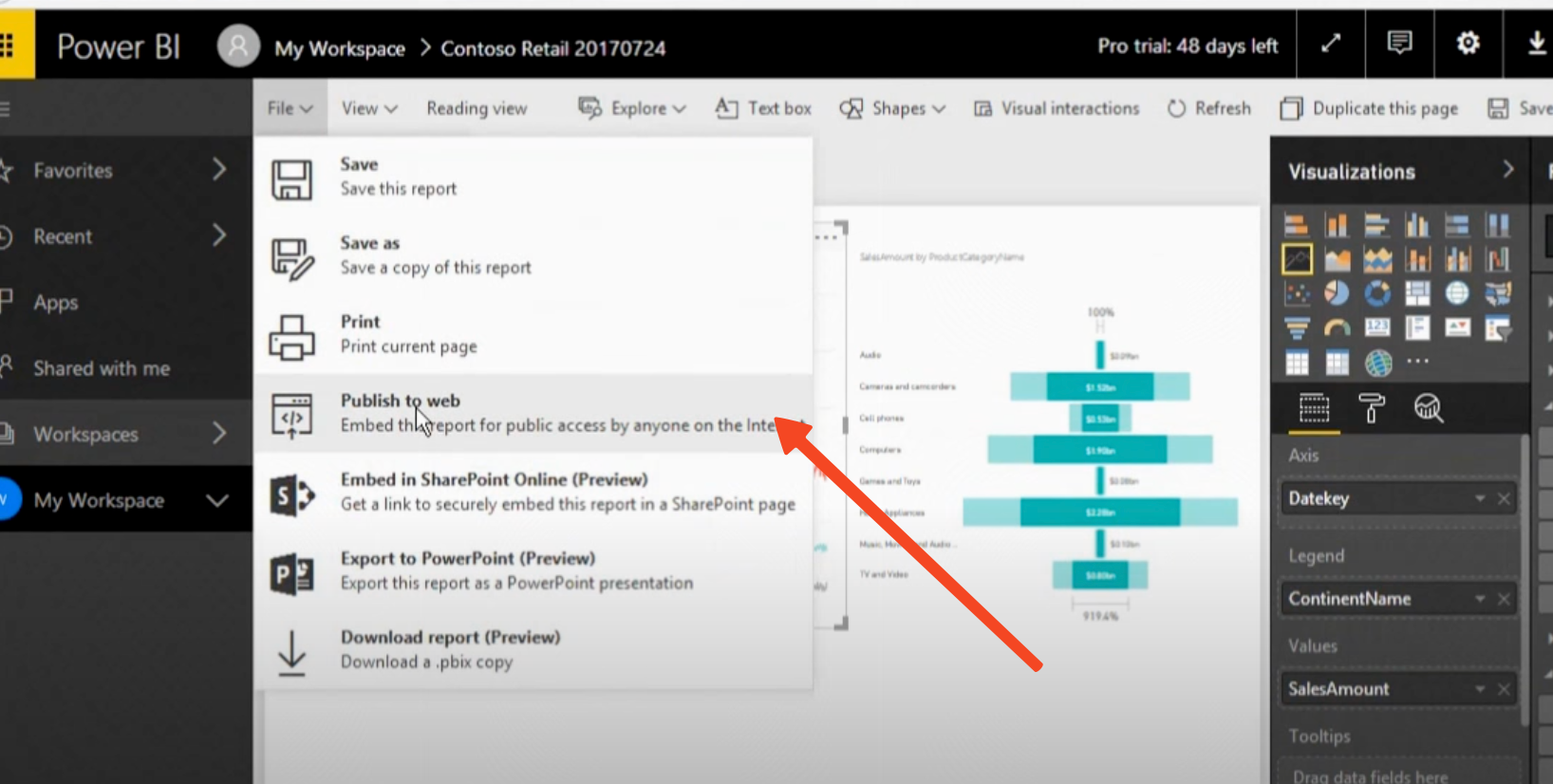
Once your report is open and looking good, cast your eyes to the top left of the Power BI interface. You should see a "File" menu. Click on that, and then look for an option that says something like "Publish to web" or simply "Embed."
From the sub-menu that appears, you'll want to select "Website or portal" or a similarly named option. This tells Power BI you’re aiming to publish this on a public-facing site.
Step 3: Copy the Embed Code
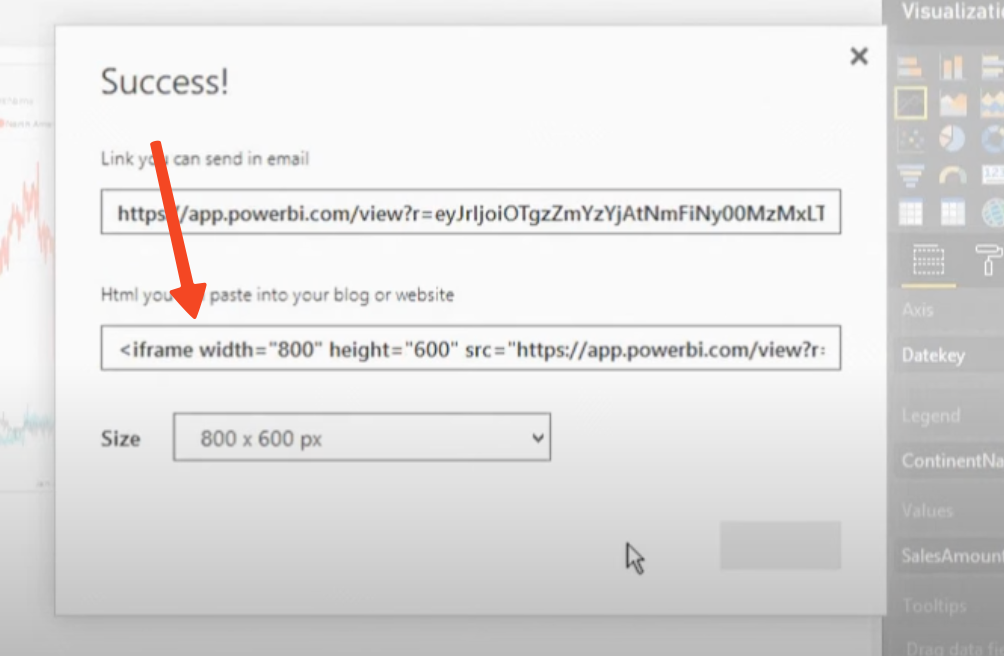
After you select the website embedding option, Power BI will do its magic and generate a snippet of code. This will usually be presented in a dialog box and will look like an <iframe> HTML tag.
This little piece of code is essentially the key to displaying your report elsewhere. Go ahead and copy this entire code block. I usually double-check I’ve got it all, from start to finish, to avoid any surprises.
Step 4: Navigate to Your Website's Editor
Now, switch over to the backend or editor of your website. This could be WordPress, Squarespace, a custom HTML page, or whatever platform you use to manage your site content.
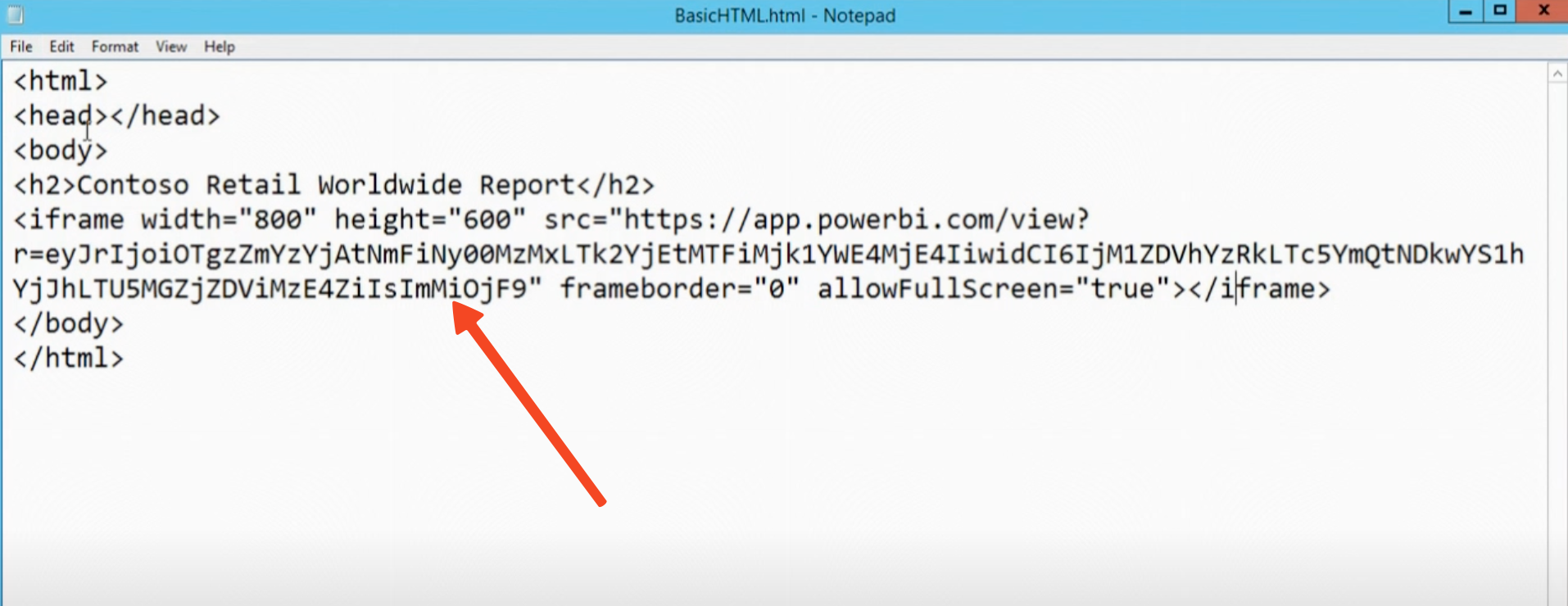
You'll need to find the specific page and the exact spot on that page where you envision your Power BI report appearing. Think about where it would make the most sense for your visitors.
Step 5: Paste the Code and Publish
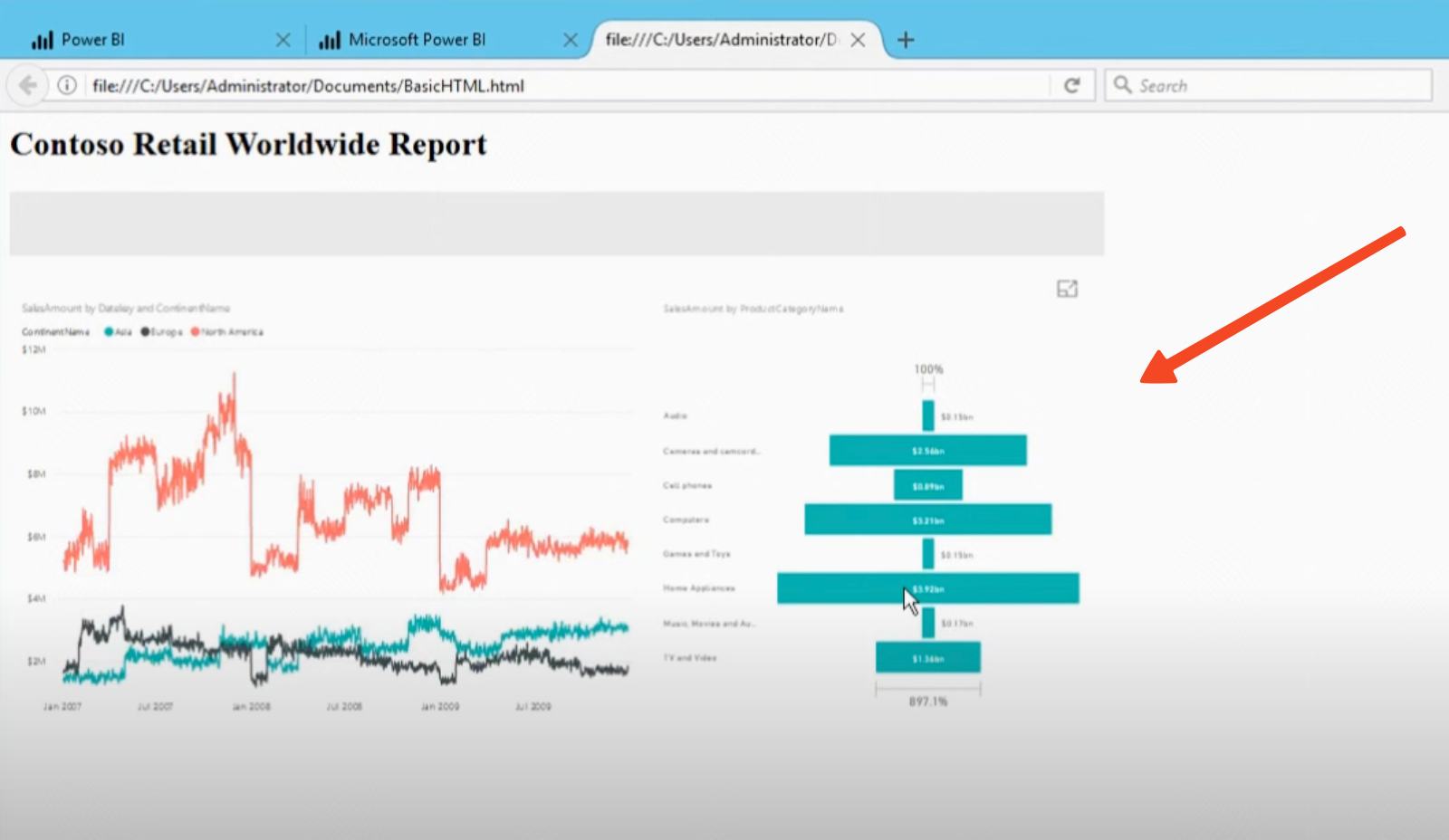
Once you're in your website editor and at the right spot, you'll need to paste the <iframe> code you copied from Power BI. Most website editors have an option to add HTML directly or switch to a "code view" or "text view."
That's where this snippet goes. After pasting it in, save your changes on the page. Then, give your website a refresh or publish the changes, and your Power BI report should now be beautifully displayed for your audience to see!
It's a great way to share Embed Power Bi in Website without them ever leaving your site.
Best Practices for Embedding Power BI
Choose the Right Method: Prioritize security. Use "Publish to web" only for truly public data.
Optimize Report Performance: Complex reports can load slowly. Optimize your DAX, data model, and visuals in Power BI Desktop before publishing.
Consider Responsiveness: Use width="100%" in your iframe and test how the report looks on different screen sizes. Power BI has mobile layout options.
Provide Context: Add titles or explanatory text around your embedded report on your webpage.
Interactivity: Be mindful of the level of interactivity needed. "Publish to web" offers basic interaction; other methods offer more.
Licensing: Understand Power BI licensing requirements for viewers (especially for "Embed for your organization").
Troubleshooting Common Power BI Embedding Issues
Report Not Appearing / Blank iFrame:
- Incorrect embed code copied or pasted.
- If using "Publish to web," the embed code might have been deleted in Power BI settings.
- If secure embed, user lacks permissions or license, or there's an authentication issue.
Incorrect embed code copied or pasted.
If using "Publish to web," the embed code might have been deleted in Power BI settings.
If secure embed, user lacks permissions or license, or there's an authentication issue.
"Content Not Available" or "Sign In" Prompts (for Secure Embed):
- User needs to sign in.
- User does not have a Power BI Pro/PPU license or necessary permissions to the report/dataset.
- The report or workspace sharing settings are incorrect.
User needs to sign in.
User does not have a Power BI Pro/PPU license or necessary permissions to the report/dataset.
The report or workspace sharing settings are incorrect.
Report Looks Cut Off or Too Small:
- Adjust the width and height attributes in the <iframe> tag.
- Ensure the container element on your webpage is large enough.
Adjust the width and height attributes in the <iframe> tag.
Ensure the container element on your webpage is large enough.
Slow Loading:
- The Power BI report itself might be complex and slow. Optimize it in Power BI Desktop.
- Internet connection speed of the viewer.
The Power BI report itself might be complex and slow. Optimize it in Power BI Desktop.
Internet connection speed of the viewer.
Conclusion
Embedding Power BI reports and dashboards into your website is a powerful way to share data insights effectively. By understanding the different embedding options – from the public "Publish to web" to secure organizational embeds and the developer-focused Power BI Embedded – you can choose the method that best fits your security needs, audience, and technical capabilities.
Always prioritize data security and test your embedded reports thoroughly to ensure a seamless experience for your website visitors.
Frequently Asked Questions (FAQ)
Can I embed a Power BI report without making the data public?
Yes, use the "Embed report" > "Website or portal" (secure embed for your organization) option, or Power BI Embedded for "App Owns Data" scenarios. These methods require authentication and respect Power BI permissions.
How do I make my embedded Power BI report responsive?
In the <iframe> code, set width="100%". Additionally, design your Power BI report with mobile layouts in Power BI Desktop for an optimal experience on smaller screens.
Can users filter and interact with an embedded Power BI report?
Yes, most embedded Power BI reports retain interactivity like slicers, filters, and drill-downs. The level of interactivity available in "Publish to web" might be slightly more limited than in secure embed scenarios.
What happens if I update my report in the Power BI service?
Embedded reports (using any method) will typically reflect the latest version of the report from the Power BI service once the dataset is refreshed and the report is republished (if changes were made in Desktop). There might be a slight delay due to caching.

